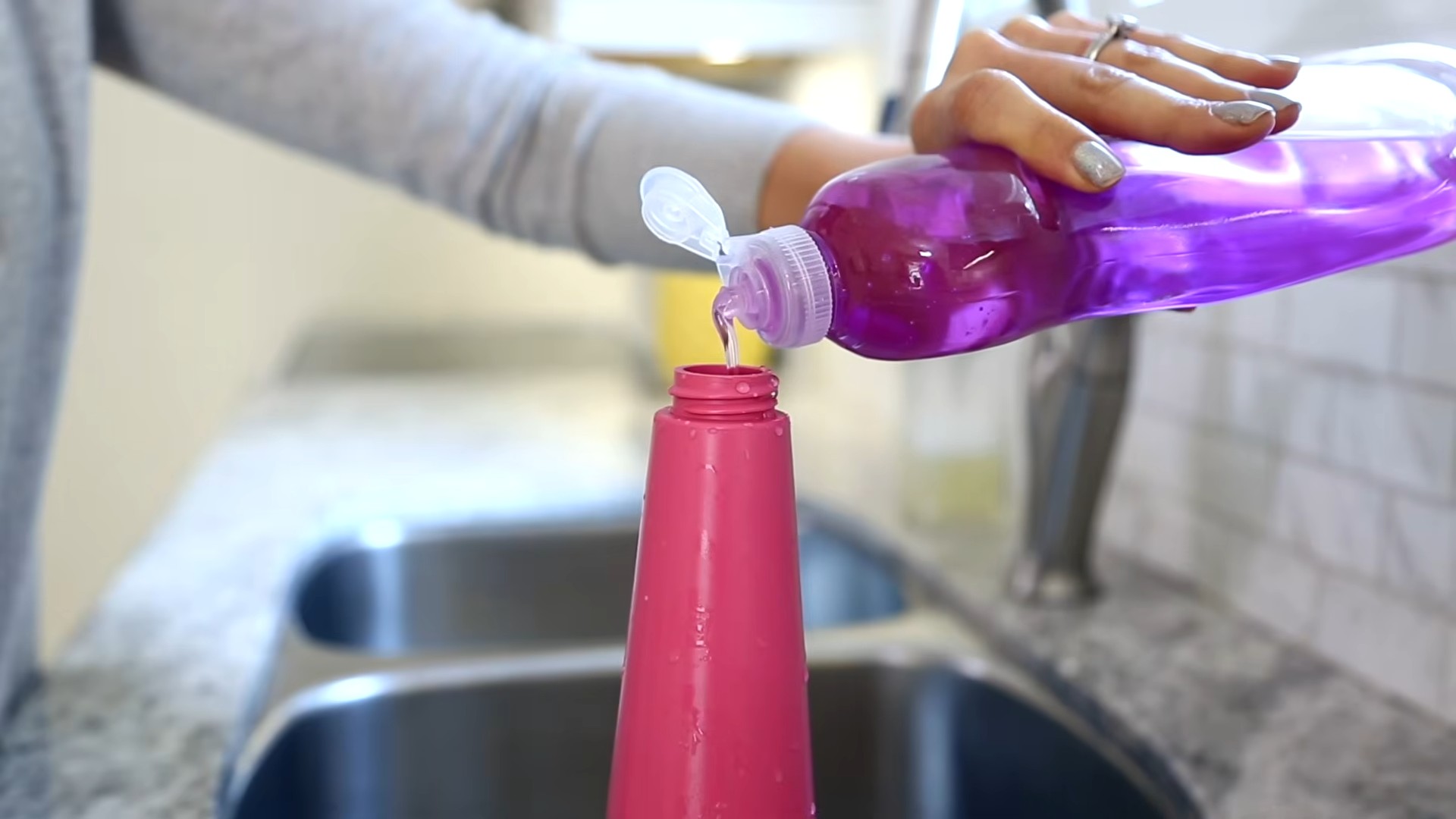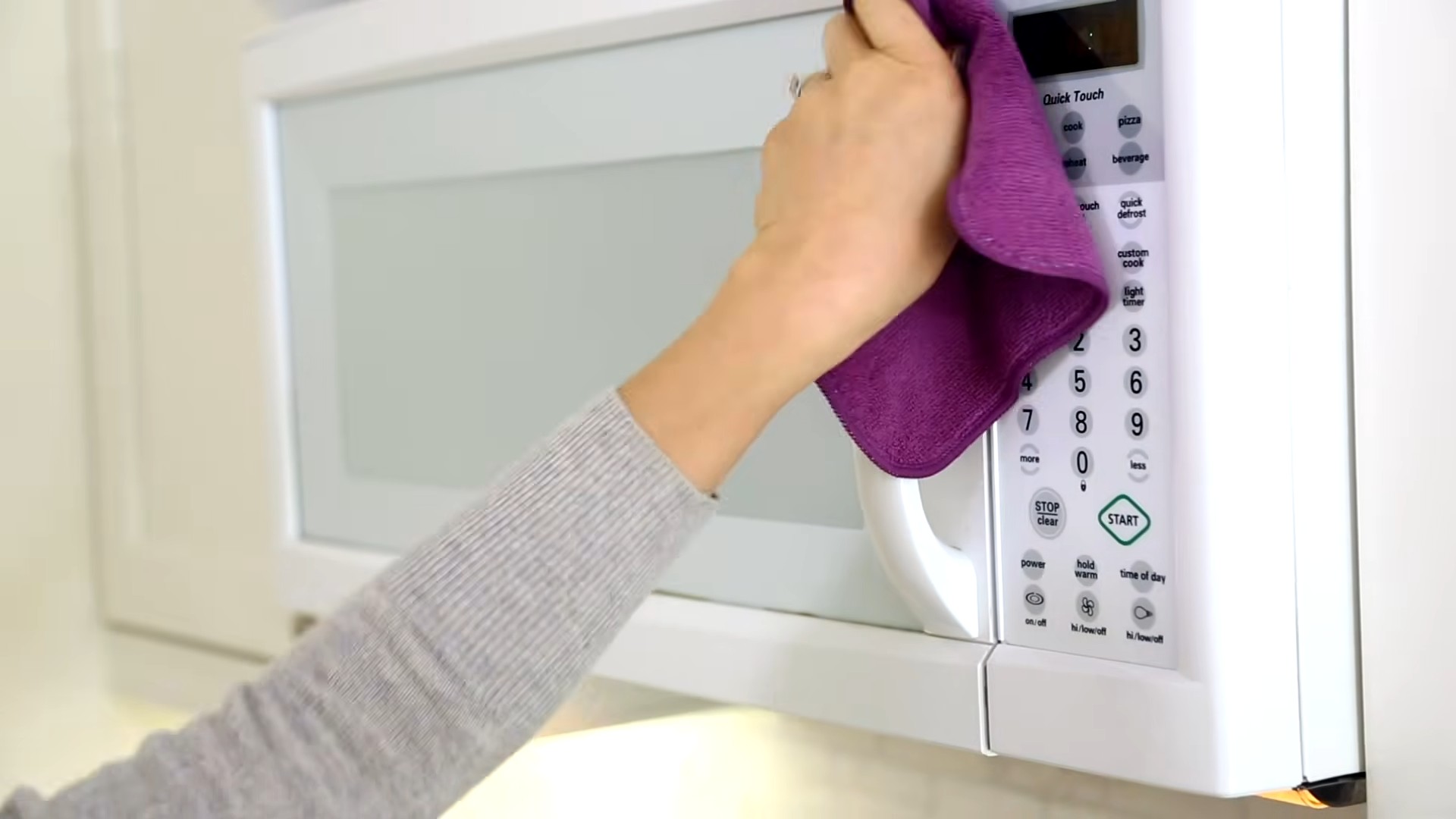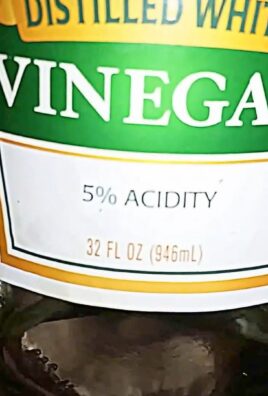Dish Soap Cleaning Hacks: Who knew that the humble bottle of dish soap hiding under your sink held the key to a sparkling clean home, inside and out? I’m constantly amazed by the versatility of everyday items, and dish soap is definitely a superstar in that category! Forget spending a fortune on specialized cleaners; you’re about to unlock a treasure trove of DIY cleaning solutions with just a few drops of this readily available liquid.
Believe it or not, using soap for cleaning has a rich history, dating back to ancient civilizations who used plant ashes and oils to create rudimentary cleaning agents. While our modern dish soap is a far cry from those early concoctions, the principle remains the same: breaking down grease and grime. But its uses extend far beyond just washing dishes!
In today’s busy world, we’re all looking for ways to save time and money. That’s where these dish soap cleaning hacks come in. From tackling stubborn stains on your clothes to giving your garden tools a new lease on life, I’m going to share some of my favorite, tried-and-true methods for using dish soap to clean practically everything. You’ll be amazed at how effective and eco-friendly these solutions are, and your wallet will thank you too! So, grab your dish soap, and let’s get cleaning!

Dish Soap Cleaning Hacks: Unleash the Power of Your Kitchen Staple!
Hey there, fellow cleaning enthusiasts! I’m about to let you in on a little secret: that bottle of dish soap sitting by your sink is a cleaning powerhouse just waiting to be unleashed. Forget expensive specialty cleaners – dish soap is surprisingly versatile and can tackle a whole host of household messes. I’ve compiled some of my favorite dish soap cleaning hacks that will save you money and keep your home sparkling. Let’s dive in!
General Guidelines for Using Dish Soap
Before we jump into specific hacks, let’s cover some ground rules.
* Dilution is Key: Dish soap is concentrated, so a little goes a long way. Always dilute it with water to avoid residue and make it easier to rinse.
* Test First: Before applying dish soap to a large or delicate surface, test it in an inconspicuous area to ensure it doesn’t cause discoloration or damage.
* Rinse Thoroughly: After cleaning with dish soap, rinse the area thoroughly with clean water to remove any soap residue.
* Avoid Mixing with Bleach: Never, ever mix dish soap with bleach. This creates toxic fumes that are dangerous to inhale.
* Use the Right Kind: Opt for a gentle, pH-neutral dish soap for most cleaning tasks. Avoid dish soaps with added fragrances or dyes if you have sensitive skin or are cleaning delicate surfaces.
Hack 1: Sparkling Clean Windows and Mirrors
Tired of streaks on your windows and mirrors? Dish soap to the rescue! This is one of my go-to methods for achieving a crystal-clear shine.
What you’ll need:
* Dish soap (a few drops)
* Spray bottle
* Water
* Microfiber cloths (two: one for washing, one for drying)
Step-by-step instructions:
1. Prepare the Solution: Fill your spray bottle with water and add just a few drops of dish soap. Seriously, less is more here! Too much soap will leave a film. I usually start with 2-3 drops for a standard-sized spray bottle.
2. Spray the Surface: Lightly spray the window or mirror with the dish soap solution. You don’t need to saturate it.
3. Wipe with a Damp Microfiber Cloth: Using a clean, damp microfiber cloth, wipe the entire surface to remove dirt and grime.
4. Dry with a Clean, Dry Microfiber Cloth: This is the most important step! Use a separate, clean, dry microfiber cloth to buff the surface until it’s streak-free. The key is to use a dry cloth to absorb any remaining moisture and prevent water spots.
5. Admire Your Sparkling Windows! Step back and enjoy your streak-free view.
Hack 2: Degreasing Your Kitchen
Dish soap is a natural degreaser, making it perfect for tackling greasy messes in the kitchen.
What you’ll need:
* Dish soap
* Warm water
* Spray bottle (optional)
* Sponge or cloth
* Baking soda (for stubborn grease)
Step-by-step instructions:
1. Prepare the Solution: Mix a few squirts of dish soap with warm water in a bowl or spray bottle. The amount of soap will depend on the severity of the grease.
2. Apply to Greasy Surfaces: Apply the dish soap solution to greasy surfaces like your stovetop, backsplash, range hood, or cabinets. You can spray it on or use a sponge or cloth to apply it.
3. Let it Sit: Allow the solution to sit for a few minutes to loosen the grease. For heavily soiled areas, let it sit for up to 10 minutes.
4. Scrub (if needed): If the grease is stubborn, use a non-abrasive sponge or scrub brush to gently scrub the surface. For really tough grease, make a paste of baking soda and dish soap and apply it to the area. Let it sit for a few minutes before scrubbing.
5. Rinse Thoroughly: Rinse the area thoroughly with clean, warm water to remove all traces of soap and grease.
6. Dry with a Clean Cloth: Dry the surface with a clean cloth to prevent water spots.
Hack 3: Cleaning Your Bathroom
Dish soap can also be used to clean various surfaces in your bathroom, from your shower to your sink.
What you’ll need:
* Dish soap
* Warm water
* Spray bottle (optional)
* Sponge or cloth
* Old toothbrush (for grout)
Step-by-step instructions:
1. Prepare the Solution: Mix a few squirts of dish soap with warm water in a bowl or spray bottle.
2. Apply to Bathroom Surfaces: Apply the dish soap solution to your shower walls, tub, sink, and toilet.
3. Let it Sit: Allow the solution to sit for a few minutes to loosen soap scum and grime.
4. Scrub (if needed): Use a sponge or cloth to scrub the surfaces. For grout, use an old toothbrush to scrub away dirt and mildew.
5. Rinse Thoroughly: Rinse the area thoroughly with clean, warm water.
6. Dry with a Clean Cloth: Dry the surfaces with a clean cloth to prevent water spots and mildew growth.
Hack 4: Removing Stains from Clothing
Dish soap can be surprisingly effective at removing certain types of stains from clothing, especially grease stains.
What you’ll need:
* Dish soap
* Water
* Soft cloth or sponge
Step-by-step instructions:
1. Test in an Inconspicuous Area: Before applying dish soap to the stain, test it in an inconspicuous area of the garment to ensure it doesn’t cause discoloration.
2. Apply Dish Soap to the Stain: Apply a small amount of dish soap directly to the stain.
3. Gently Rub the Stain: Gently rub the dish soap into the stain with a soft cloth or sponge.
4. Let it Sit: Allow the dish soap to sit on the stain for 15-30 minutes.
5. Rinse Thoroughly: Rinse the area thoroughly with cool water.
6. Launder as Usual: Launder the garment as usual, following the care instructions on the label.
7. Check Before Drying: Before drying the garment, check to make sure the stain is completely gone. If the stain is still visible, repeat the process.
Hack 5: Cleaning Your Jewelry
Did you know you can use dish soap to clean your jewelry? It’s a gentle and effective way to remove dirt and grime and restore shine.
What you’ll need:
* Dish soap (gentle, pH-neutral)
* Warm water
* Soft-bristled toothbrush
* Soft cloth
Step-by-step instructions:
1. Prepare the Solution: Mix a few drops of dish soap with warm water in a small bowl.
2. Soak the Jewelry: Soak your jewelry in the dish soap solution for 10-15 minutes.
3. Gently Scrub: Use a soft-bristled toothbrush to gently scrub the jewelry, paying attention to any crevices or areas with buildup.
4. Rinse Thoroughly: Rinse the jewelry thoroughly with clean, warm water.
5. Dry with a Soft Cloth: Dry the jewelry with a soft cloth.
Important Note: This method is safe for most jewelry, but avoid using it on delicate stones like pearls, opals, or emeralds, as dish soap can damage them.
Hack 6: Cleaning Your Makeup Brushes
Keeping your makeup brushes clean is essential for preventing breakouts and ensuring smooth makeup application. Dish soap is a great option for cleaning your brushes.
What you’ll need:
* Dish soap (gentle, pH-neutral)
* Warm water
* Your makeup brushes
Step-by-step instructions:
1. Wet the Brushes: Wet the bristles of your makeup brushes with warm water.
2. Apply Dish Soap: Place a small amount of dish soap in the palm of your hand.
3. Swirl the Brushes: Swirl the brush bristles in the dish soap, creating a lather.
4. Rinse Thoroughly: Rinse the brushes thoroughly with warm water until the water runs clear.
5. Squeeze Out Excess Water: Gently squeeze out any excess water from the bristles.
6. Reshape the Brushes: Reshape the brush heads and lay them flat to dry on a clean towel.
Hack 7: Cleaning Houseplants
Dust can accumulate on your houseplants, hindering their ability to photosynthesize. A diluted dish soap solution can help keep your plants clean and healthy.

Conclusion
So, there you have it! These dish soap cleaning hacks are not just clever; they’re game-changers for your cleaning routine. We’ve explored how this everyday household staple can tackle everything from stubborn grease to grimy bathroom surfaces, all while being gentle on your wallet and the environment. Forget harsh chemicals and expensive specialty cleaners – dish soap is your new secret weapon for a sparkling home.
The beauty of these hacks lies in their simplicity and adaptability. You can easily adjust the concentration of dish soap to suit the specific task at hand. For instance, a stronger solution might be needed for tackling baked-on food in your oven, while a diluted mixture is perfect for gently cleaning delicate surfaces like painted walls.
Don’t be afraid to experiment and find what works best for you. Consider adding a few drops of essential oil, like lemon or tea tree, to your dish soap solution for an extra boost of cleaning power and a refreshing scent. You could also try combining dish soap with other natural cleaning agents like vinegar or baking soda for even more potent cleaning action. Remember to always test any new cleaning solution on a small, inconspicuous area first to ensure it doesn’t damage the surface.
Why is this a must-try? Because it simplifies your cleaning process, saves you money, and reduces your reliance on harsh chemicals. It’s a win-win-win!
We’re confident that once you try these dish soap cleaning hacks, you’ll wonder how you ever lived without them. They’re effective, versatile, and incredibly easy to implement. So, ditch the expensive cleaners and embrace the power of dish soap!
We encourage you to try these hacks and share your experiences with us. Let us know which ones worked best for you, any variations you tried, and any other clever uses you’ve discovered for dish soap. Your feedback will help us continue to refine and improve these tips, making them even more valuable for our readers. Share your stories in the comments below – we can’t wait to hear from you!
Frequently Asked Questions (FAQs)
Is dish soap safe to use on all surfaces?
While dish soap is generally considered safe for most surfaces, it’s always best to test it on a small, inconspicuous area first, especially on delicate or painted surfaces. Avoid using dish soap on porous materials like unfinished wood, as it can soak in and be difficult to remove. Also, be cautious when using dish soap on certain types of stone, such as marble, as it can potentially dull the finish over time. Always dilute the dish soap with water according to the specific hack’s instructions.
Can I use any type of dish soap for these cleaning hacks?
Generally, yes, you can use most types of dish soap. However, it’s best to avoid dish soaps that contain added moisturizers or lotions, as these can leave a residue on surfaces. Opt for a basic, grease-cutting dish soap for optimal cleaning power. If you’re concerned about harsh chemicals, consider using a natural or plant-based dish soap. These are often just as effective at cleaning and are gentler on the environment.
How do I prevent streaks when cleaning windows with dish soap?
Streaks are a common problem when cleaning windows, but they can be easily avoided. The key is to use a very small amount of dish soap – just a drop or two per gallon of water is sufficient. Overusing dish soap is a common mistake that leads to streaks. After washing the windows with the dish soap solution, rinse them thoroughly with clean water. Finally, dry the windows with a clean, lint-free microfiber cloth or a squeegee. Wiping in overlapping strokes will help prevent streaks.
Can I use dish soap to clean my car?
Yes, you can use dish soap to wash your car, but it’s not the ideal solution. Dish soap is designed to cut through grease and grime, which means it can also strip away the wax coating that protects your car’s paint. If you use dish soap to wash your car, be sure to reapply wax afterward to protect the paint from the elements. For regular car washes, it’s best to use a car wash soap specifically formulated for automotive paint.
Is dish soap effective for cleaning laundry stains?
Dish soap can be effective for pre-treating certain types of laundry stains, especially grease and oil-based stains. Apply a small amount of dish soap directly to the stain, gently rub it in, and let it sit for a few minutes before washing the garment as usual. However, dish soap is not a substitute for laundry detergent and should not be used as a primary laundry cleaning agent. Also, avoid using dish soap on delicate fabrics or garments that require special care.
How can I use dish soap to unclog a drain?
Dish soap can be a helpful tool for unclogging minor drain clogs. Pour a generous amount of dish soap (about 1/4 cup) down the drain, followed by a pot of boiling water. The dish soap helps to break down grease and grime, while the boiling water flushes it away. Let the mixture sit for about 15-20 minutes, then flush the drain with hot water. If the clog persists, you may need to use a plunger or a drain snake.
Can dish soap be used to clean my oven?
Yes, dish soap can be used to clean your oven, especially for removing grease and baked-on food. Mix a solution of dish soap and warm water, and use a sponge or cloth to scrub the interior of the oven. For stubborn stains, you can make a paste of dish soap and baking soda and apply it to the affected areas. Let the paste sit for a few hours or overnight, then scrub it off with a sponge and rinse thoroughly with water. Be sure to remove all traces of dish soap before using the oven.
Is dish soap safe for cleaning plants?
Dish soap can be used to clean plants, but it’s important to use a very diluted solution. Mix a few drops of dish soap with a quart of water, and use a spray bottle to lightly mist the leaves of the plant. This can help to remove dust, dirt, and pests. Avoid spraying the solution directly onto the soil, and be sure to rinse the leaves with clean water after a few minutes. Test the solution on a small area of the plant first to ensure it doesn’t cause any damage.
How do I clean my makeup brushes with dish soap?
Cleaning your makeup brushes regularly is essential for preventing bacteria buildup and maintaining healthy skin. Wet the bristles of your makeup brushes with warm water, then add a drop or two of dish soap to your palm. Swirl the brush bristles in your palm to create a lather, then rinse thoroughly with warm water until the water runs clear. Gently squeeze out any excess water and reshape the bristles. Lay the brushes flat to dry on a clean towel.
What are some other creative uses for dish soap?
Beyond the cleaning hacks mentioned above, dish soap has many other creative uses. It can be used to make homemade bubble solution, remove sticky residue from surfaces, lubricate zippers, and even create a temporary fix for squeaky hinges. Its versatility makes it a valuable tool to have on hand for a variety of household tasks. Remember to always use caution and test the dish soap on a small area first before applying it to a larger surface.




Leave a Comment